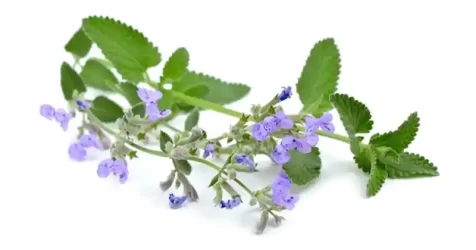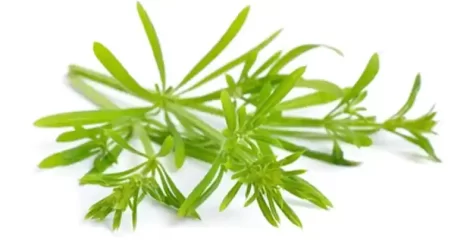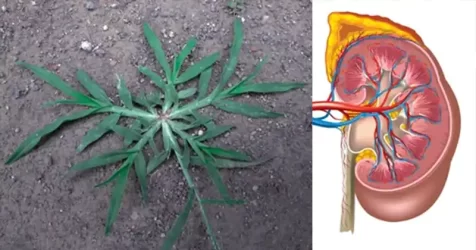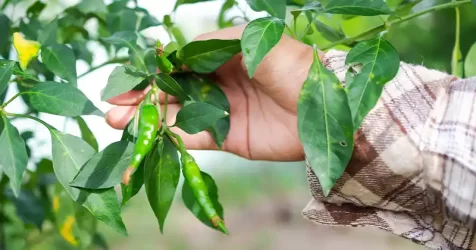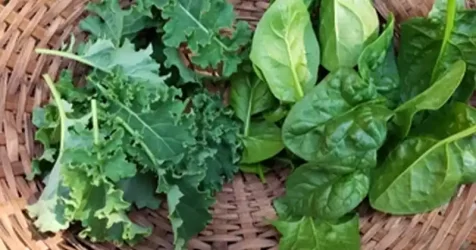Taro (Colocasia esculenta): The Power of Its Root and Beyond

Taro (Colocasia esculenta), with its broad, heart-shaped leaves, is widely known for its edible corm or root, which has been a dietary staple in tropical and subtropical regions for thousands of years. Renowned for its starchy texture and nutritional value, the taro root stands as the most prized part of the plant. While the corm takes center stage, other parts like the leaves are also consumed in some cultures for their unique health benefits.
Nutritional Profile and Benefits of Taro Root The taro root is highly valued for its rich nutrient content. Here are the top 10 health benefits of incorporating taro root into your diet:
- High Fiber Content: Taro root is an excellent source of dietary fiber, aiding in digestion, promoting gut health, and helping maintain satiety—an essential factor in weight management.
- Nutrient-Rich: The root is packed with vitamins such as vitamin E, vitamin B6, and vitamin C, as well as minerals like potassium, magnesium, and manganese that contribute to better cardiovascular health and energy metabolism.
- Heart Health Support: Potassium in taro root helps regulate blood pressure by countering sodium levels in the body, promoting cardiovascular health.
- Energy Boost: As a source of complex carbohydrates, taro root provides sustained energy, making it ideal for maintaining activity levels throughout the day.
- Immune System Enhancement: The vitamin C in taro root supports immune function, protecting the body from common illnesses and enhancing overall wellness.
- Antioxidant Properties: Taro root contains antioxidants that help combat oxidative stress, reducing inflammation and promoting skin health.
- Blood Sugar Regulation: The fiber in taro root can help stabilize blood sugar levels by slowing the absorption of carbohydrates, which may benefit those with diabetes.
- Bone Health: The magnesium and calcium content in taro root contribute to bone health, supporting bone density and reducing the risk of osteoporosis.
- Cognitive Support: The vitamin E and antioxidants present in taro root may help protect brain cells from damage, promoting cognitive health and potentially reducing the risk of age-related decline.
- Weight Management: The fiber and slow-digesting carbohydrates in taro root help keep you full for longer, reducing overall calorie intake and aiding in weight control.
Uses and Culinary Applications Taro root is extremely versatile and can be incorporated into many dishes. Here are some common ways to prepare and use it:
- Boiled or Steamed Taro: Peel and cook the corms until tender, then serve with seasonings as a healthy side dish.
- Mashed Taro: Mash the cooked root with butter or coconut oil for a flavorful and nutritious alternative to mashed potatoes.
- Taro Fries or Chips: Slice the root thinly, season, and bake or fry for a crunchy snack.
- Taro in Soups and Stews: Add cubed taro to soups or stews for a hearty and filling texture.
Safety Tip: Always cook taro root thoroughly to neutralize calcium oxalate, which can cause irritation if consumed raw.
Beyond the Root: Taro Leaves and Stems While the root is the star of the plant, taro leaves and stems are also used in some cuisines. The leaves, when properly cooked, are incorporated into dishes such as soups and stews for added nutrition. They contain beta-carotene, which supports vision health, and other beneficial compounds. However, as with the root, they need to be cooked properly to remove any potentially irritating substances.
Conclusion Taro root (Colocasia esculenta) stands as a staple food in many parts of the world for good reason. With its impressive nutritional profile and culinary versatility, it is a powerhouse ingredient that can enhance a wide array of dishes. While the root remains the primary focus, incorporating other parts like leaves into meals can add further nutritional benefits. Just remember to prepare all parts of the plant properly to enjoy them safely.
Disclaimer: Individuals who have specific dietary concerns or conditions should consult a healthcare professional before incorporating taro into their diet.


